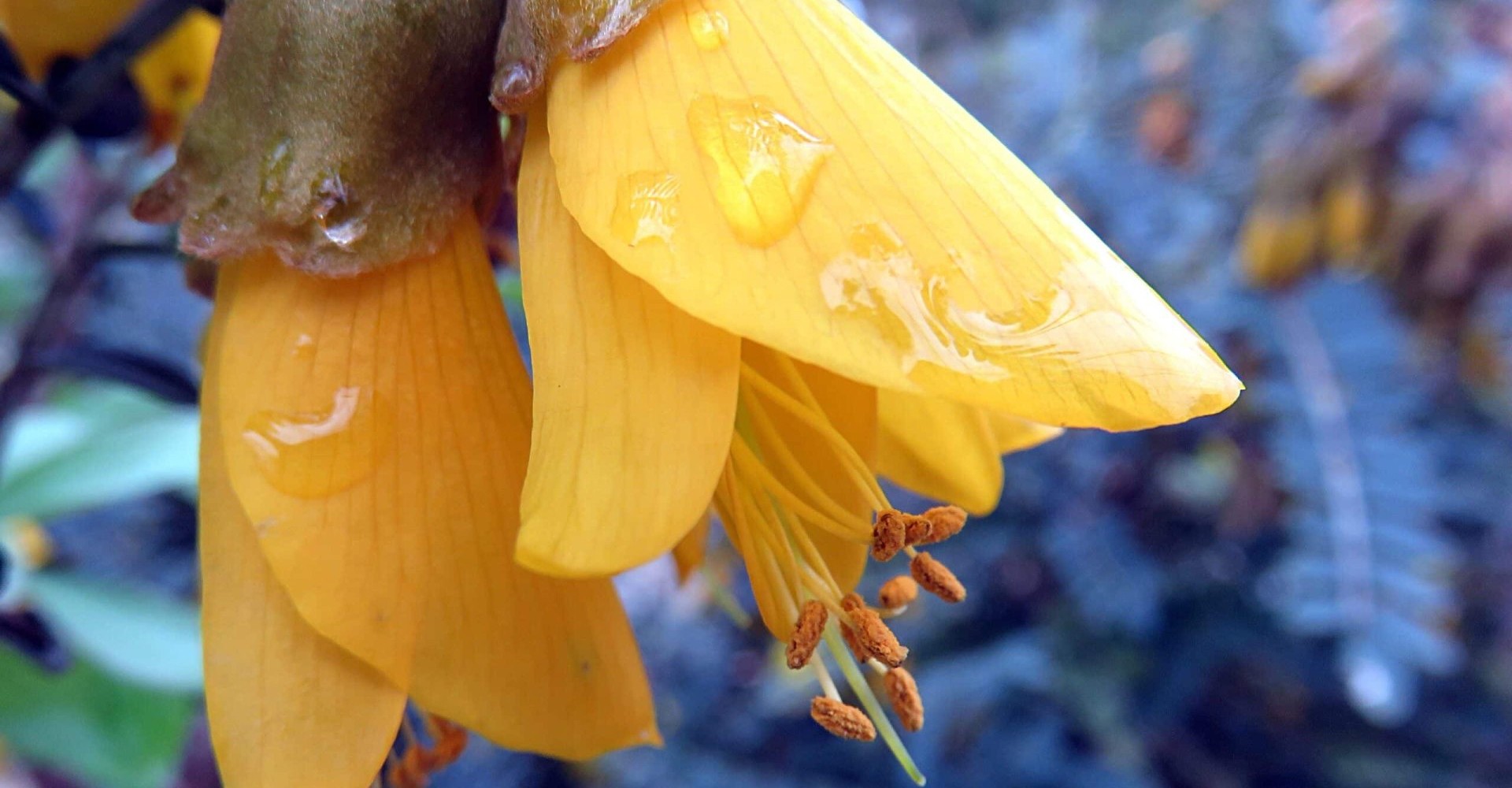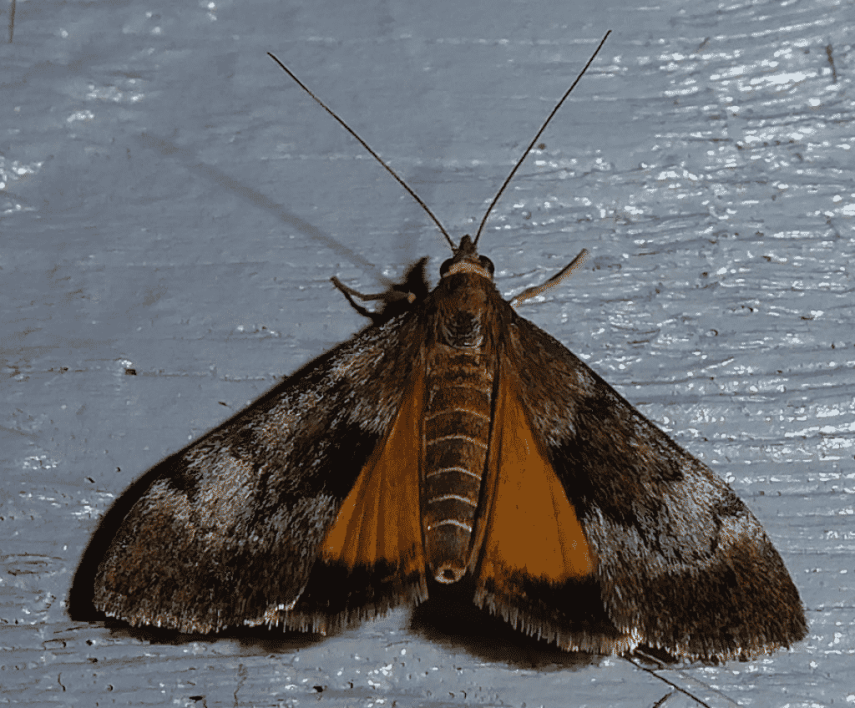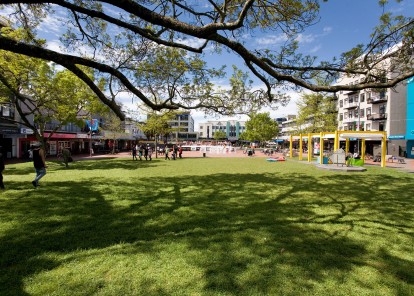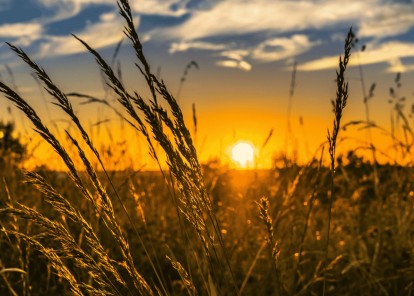How indigenous plants help with landscape biodiversity

Many of our indigenous species of plants such as Sophora / Kowhai, have a symbiotic relationship with species of insects such as caterpillar, moth or butterfly. The kowhai moth caterpillar is also indigenous.
At certain times of the year this insect may in a way attack the plant to benefit its own process of life, and at the same time, the harsh treatment given by the insect will increase the strength of the plant, allowing it to better its own immunity to other pests.
Working with both insects and plants can assist greatly with the health and growth of both, having both in the landscape enhances greatly the biodiversity across a whole range of eco systems, not just the plants/insects but soils, birds, waterways, and the loss of one link in this chain can be devastating.
The bee is one of these insect species which benefits hugely from our indigenous species such as Kunzea / Kanuka, Leptospermum / Manuka, whilst the Tui, Bellbird / Korimako, Wood Pigeon / Kereru thrive with the Vitex Lucens / Purriri, Corynocarpus / Karaka berries of our indigenous trees which provide great habitat for weta, punga, huhu grub, moth and beetle, which are edible for humans.
Sadly the indigenous bee has been severely damaged by the use of sprays, weak immunity, and the decline of this species has been drastic, wasps and other predator insects now mean the likely hood of finding an indigenous hive surviving in the wild is very unlikely.
These species were here in Aotearoa long before we arrived here, they deserve respect, care, love, to protect this fragile ecology, along with careful management to ensure this wonderful eco system is not lost to fast growing urban environments, or our wonderful indigenous species lost out to the fast growing exotic species such as Pinus radiata.
We as landscape architects, urban designers have a responsibility to ensure this bio diversity is protected, developed, valued, for generations to come.
Rather than designing large monocultures of one species on mass, the rich texture of biodiversity in the landscape will enrich not only the bees, butterflies and birds but, the whole of our living environment, as not only will we have to apply less fertiliser, water and sprays, the seepage of toxic waste will be less and the soils, so critical to our environment, have a chance to build up natural resistance to our harsh environment by working together with the insects, birdlife, and plants, surrounding our living environments.

Published
8 October, 2021
Author
Linda Joll
More articles Pitopito kōrero
Practice Tikanga
At Reset Urban Design, we offer a broad scope of services within the specialist areas of Urban Design and Landscape Architecture. We also actively engage in research and have contributed two published books on the history of design in New Zealand.


